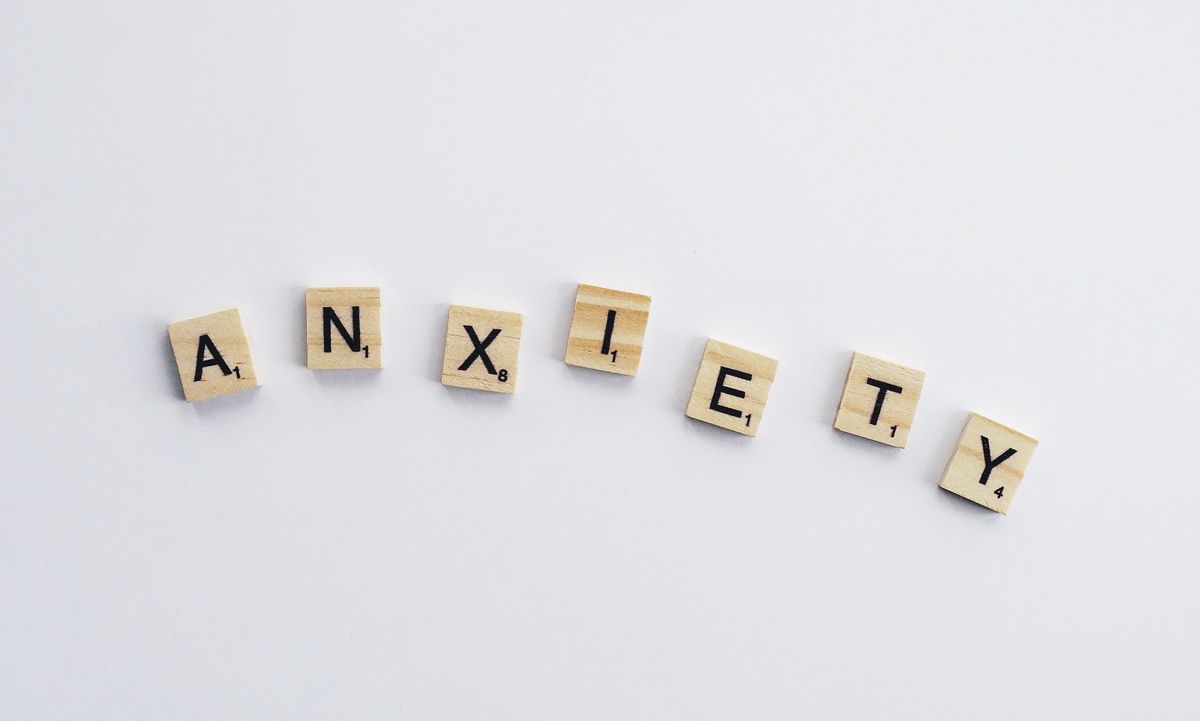The Status of Anxiety in 2023

Anxiety is a common mental health condition that affects millions of people worldwide. In 2023, the status of anxiety is that it continues to be a significant public health concern. According to the World Health Organization (WHO), anxiety disorders are the most common mental health disorder in the world, affecting one in 13 people globally.
One of the most challenging aspects of anxiety is that it can manifest in a variety of ways, making it difficult to diagnose and treat. The symptoms of anxiety can range from mild to severe, and can include physical symptoms such as racing heart and muscle tension, as well as emotional symptoms such as fear, worry and panic. Additionally, many people may be hesitant to seek help due to the stigma that still surrounds mental health conditions.
Despite the challenges, there is hope for individuals living with anxiety. In recent years, there have been significant advances in our understanding of the causes and risk factors for anxiety disorders. Researchers have discovered that genetics, lifestyle, and environment all play a role in the development of anxiety disorders. This knowledge has led to the development of new treatments and interventions that can help reduce symptoms and improve quality of life for those living with it.
One example of this is the use of cognitive-behavioral therapy (CBT), which has been found to be effective in treating anxiety disorders. CBT is a form of psychotherapy that aims to change the way a person thinks and behaves in relation to certain situations or stimuli. Additionally, medications such as selective serotonin reuptake inhibitors (SSRIs) and benzodiazepines have been found to be effective in reducing symptoms of anxiety.
In recent years, the field of mental health has made progress in reducing the barriers that prevent people from getting the help they need. This includes initiatives to destigmatize mental health conditions, make mental health services more accessible, and increase awareness of mental health issues.
In conclusion, while anxiety continues to be a significant public health concern, there is hope for individuals living with it. The increasing understanding of the causes and risk factors for anxiety disorders has led to the development of new treatments and interventions that can help reduce symptoms and improve quality of life. It is important for society to continue to invest in research and support for individuals and families affected by anxiety disorders and to destigmatize the condition, making it more accessible for people to seek help.


